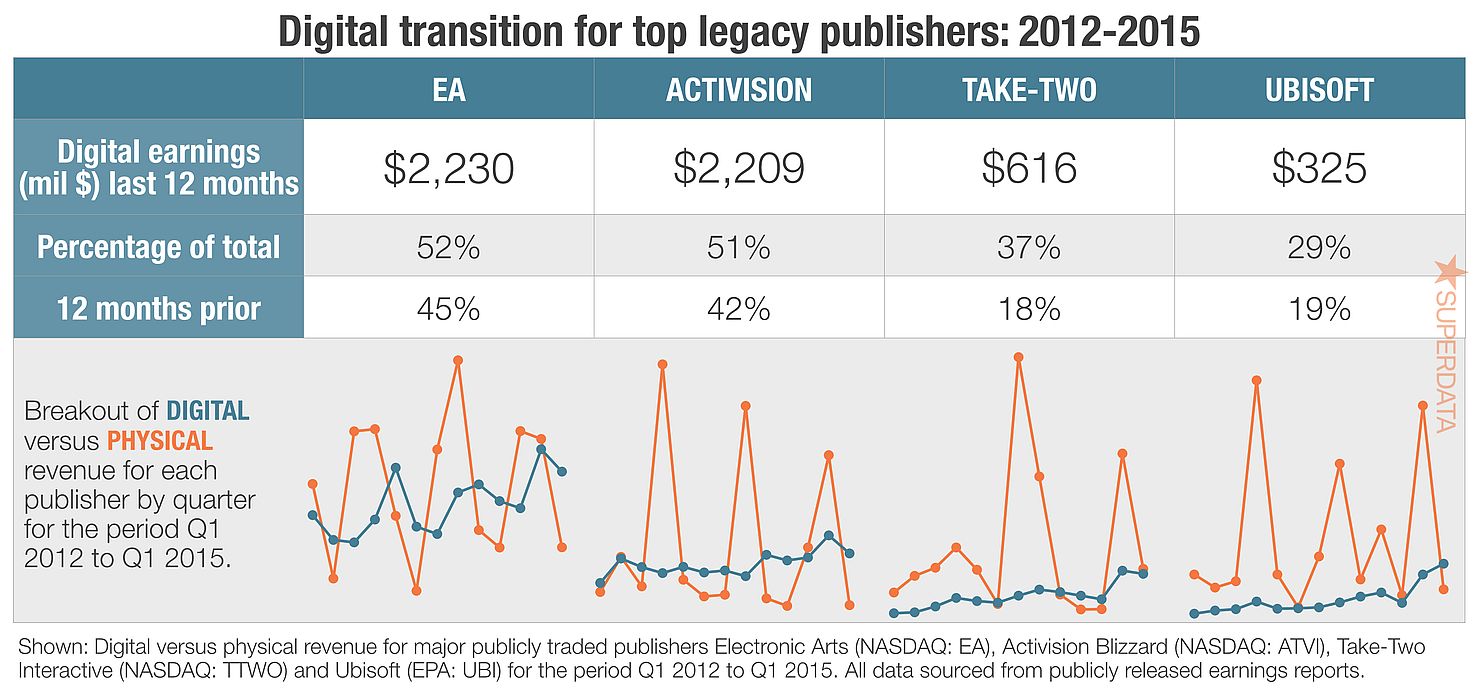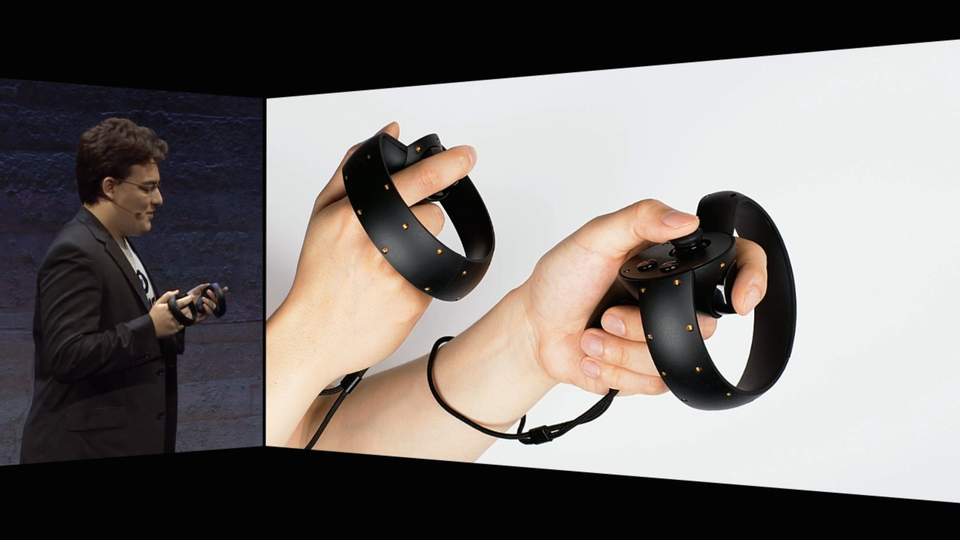Next week’s forthcoming Electronic Entertainment Expo isn’t just a place to check out the best and brightest in video games. It’s also an ideal opportunity to talk with people involved with every aspect of the game, from its development to its marketing. Various members from companies will be present and accounted for at the event, and it’s a great way to get to know more about a key project. As well, you can check out the buzz at the show, see what’s hot and what’s not, and find out what people seem to be most impressed by at the show. There’s nothing like seeing an enormous crowd around some display to drive home just how attractive that is to E3 attendees.
Of course, connecting with people in the game industry is always a good thing to do at E3, primarily because so many of the people you want to talk to are somewhere at the show. That’s not to say that everyone’s readily available. Some companies require making an appointment to seeing a game or talking to a producer/developer behind it. (E3 is a very busy show, after all.) However, there’s more than enough opportunity to talk to someone who’s brought business to the show.
Here now is a quick guide in terms of how to network the right way at next week’s big event, and use your time most efficiently at the show:
Taking in The Show Floor
While you probably have plenty of appointments, budget a couple of hours at least (if you can) just to prowl the show floor and see what’s happening. It’s a great way to identify what’s working and what’s not in booth design, signage, advertising, and anything unusual. Look for big clusters of people and figure out what’s attracting so much attention. Conversely, look for areas devoid of attendees and see if you can figure out why no one is wandering around there. Did a certain sign catch your eye Take a moment to figure out why, and you may make one of your upcoming projects better.
Don’t forget to stay well hydrated, because you’ll get dried out fairly quickly. And when you get hungry, you may want to step outside and look for food trucks (some on the mezzanine level, some across the street). It’s a few minutes away, but you’ll find quite a different and tasty array of choices. Plus, there’s your chance to check out the external signage, displays, and events taking place outside the convention facility. Was that money well-spent Did it attract your attention, and can you remember what game or company it was for This is a massive marketing laboratory in the wild, and you can see some creative ideas thriving and others dying out before your eyes.
The PC Gaming Show
Not everything gaming-related is happening under the roof of the Los Angeles Convention Center. AMD and PC Gamer are hosting the PC Gaming Show, a separate event that will happen on June 16th at the Belasco Theater. More information about the event can be found here.
It’s a great spot to learn more about some of the best up-and-coming PC game developers, as various “PC celebrities,” like Boss Key Productions’ Cliff Bleszinski and DayZ team member Dean Hall will be on hand, alongside other studios like Blizzard, Square Enix, Paradox Interactive and others. It’s a celebration of everything PC gaming, and considering the size of its market, it’s worth knowing more about.
More information about the event can be found here. Separate registration is required.
Parties, Parties, Parties
The Electronic Entertainment Expo is serious business, but that doesn’t mean that companies are afraid to kick back and have some fun. Every night of the show seems to have something to offer in terms of getting together with members of the gaming community and having a good time.
Throughout the week, various companies will be hosting parties in and around L.A., including Azubu, Harmonix (Rock Band 4), Twitch (in partnership with Microsoft), Square Enix (Just Cause 3), BluBox, Wargaming, and industry analyst Michael Pachter’s official get-together.
These parties provide opportunities galore to mingle with fellow industry members, whether they’re journalists or game makers. They’re quite casual, and a perfect place to name drop, and get a little more information about upcoming titles, and what’s being heavily hyped.
Strike Up a Conversation
Even if you don’t have an appointment at a certain booth, it never hurts to go up, drop off a business card and say, “Hi, I’d like to learn more about your game.” Even though you probably won’t get to see it (most companies are booked full for the show by this point), there’s still likely to be someone that can provide a little background about the game, such as a release date and a general breakdown of what makes it worth getting excited about. Note: some companies may be a little too busy, but in any case, you’ll be able to get press assets that will provide you more details about a specific game. Certainly better than nothing.
Another good thing to do is check around some of the local areas for meet-ups after the show comes to a close for the day. Area hotels like the Hotel Figeuroa and the JW Marriott should have plenty of people around, chatting about business in the games industry, and these are great spots to sit for a spell, grab a drink and soak up information about forthcoming projects.
Stay In the Social Feed
Finally, if you want to get the most info out of E3 – as well as keep up with all the new game announcements – then social media is clearly a best bet. Following popular journalist accounts (like, ahem, @thedcd) is ideal for keeping in the know. Here are a few suggestions on who to follow.
- @e3 on Twitter: Yes, the official E3 account will have plenty of information. In addition, this Wednesday, it’ll be the subject of an #E3Takeover, where various media favorites, including Patrick Scott Patterson, Rachel Lara, Paola “PancakePow” Alejandra, Brittney Brombacher and Genese Davis will provide coverage straight from the show floor.
- @twitch on Twitter: Twitch will be broadcasting live from the show floor all week with a number of game demos and interviews, and more than likely, it’ll keep its Twitter feed updated with what’s streaming – as well as what’s been announced.
- @EGMNOW on Twitter: This news outlet is certainly prepared for the big show, as it’s announced a number of team members in the media biz to help it along. This includes G4 veteran Adam Sessler, Totally Rad Show host Jeff Cannata and Best Game Show Ever hostess Jessica Villarreal.
More outlets, like @IGN and @KindaFunny and AHEM, @alistdaily, will provide coverage as well, so keep an eye out for details using the #e32015 hashtag.




